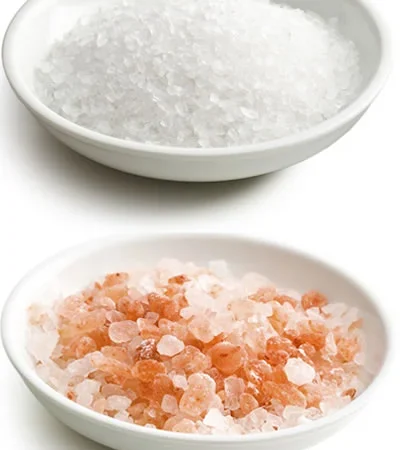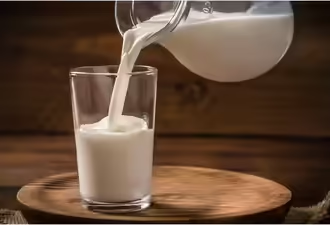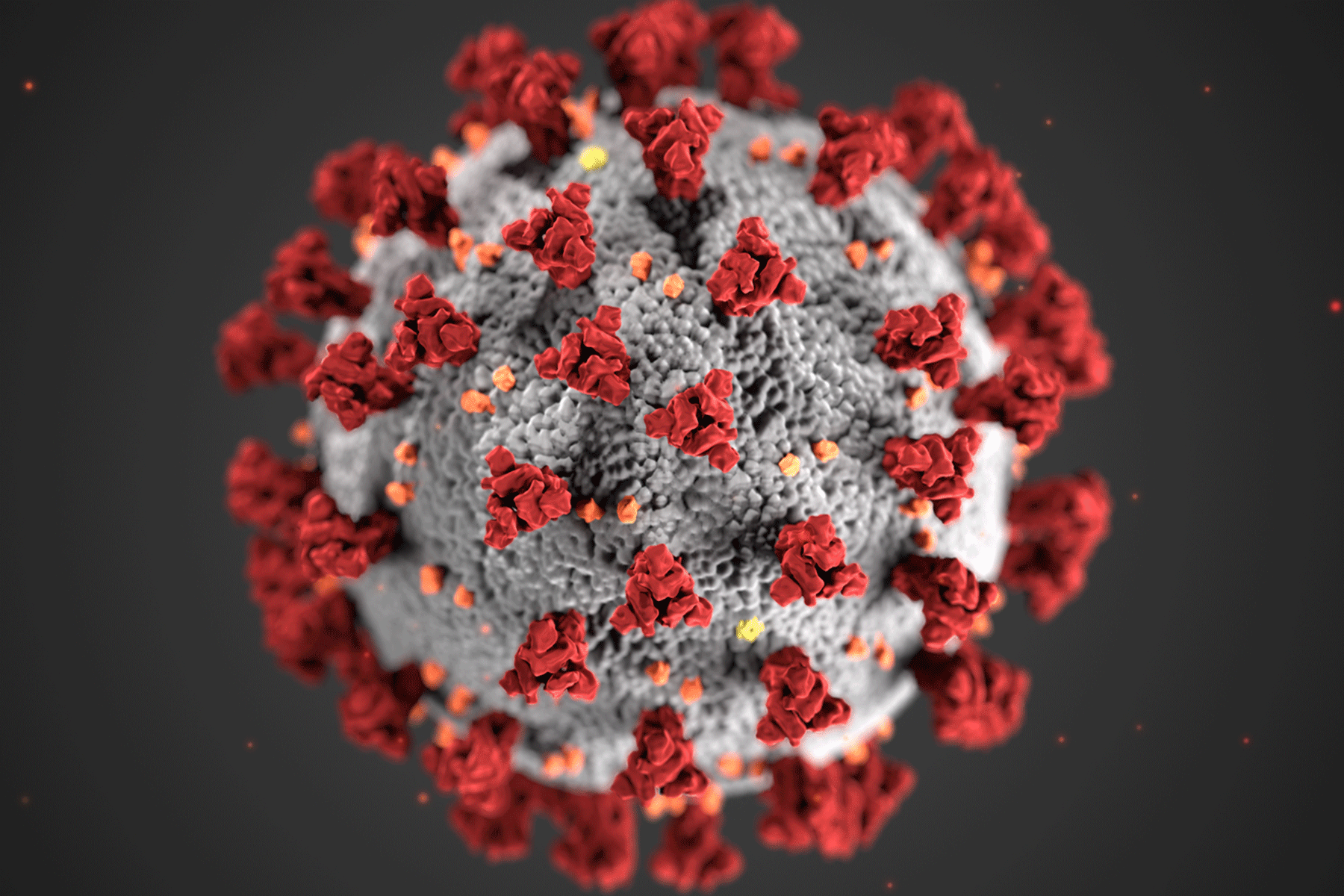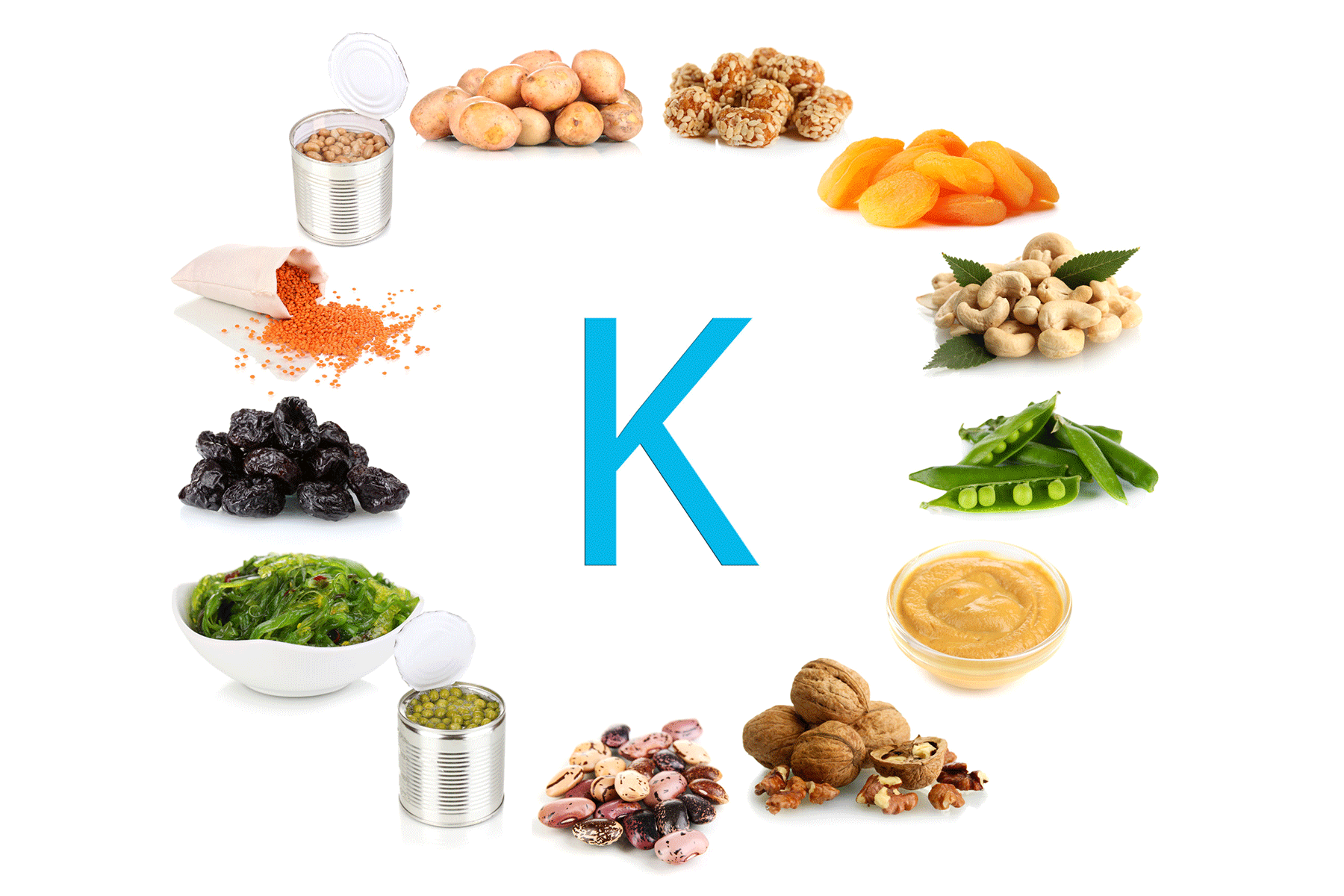Salt is an everyday essential in every kitchen, but not all salts are the same. In many Indian households, you’ll often find both rock salt and black salt, alongside regular iodised salt. The latter is valued for its mild taste, natural trace minerals, and traditional use, especially during religious fasting. Black salt, with its tangy, sulphuric flavour, adds a unique twist to chaats and chutneys. Meanwhile, iodised salt is refined and fortified to prevent iodine deficiency, a major public health concern. So, is rock salt healthier? Let’s understand both better.
What is Rock Salt?
Rock salt forms naturally when ancient seas dry up, leaving salty mineral deposits underground. It’s mined, crushed, and sold with little processing, so it retains trace minerals that give it a mild, earthy taste.
Rock Salt: White, crystalline, and commonly used during religious fasts for its purity and lack of additives.
Black salt: Heated with charcoal and herbs to develop its tangy, sulphur-like flavour. Widely used in chaats, chutneys, and digestive mixes.
Himalayan pink salt is a popular variety, known for its natural blush from trace minerals like iron. Mined mainly from the Khewra salt mines near the Himalayas, it’s valued for its mild flavour and visual appeal — but nutritionally, it’s much the same as other natural salt.
Key Facts:
-
Mined near the Himalayas.
-
Sold in coarse crystals, fine grains, or blocks.
-
Popular for its subtle taste and decorative appeal.
Possible Benefits:
-
Contains tiny amounts of minerals like calcium, magnesium, and potassium.
-
Favoured in Ayurveda for supposed digestive and cooling effects.
-
Used in home remedies for bloating and acidity.
However, these minerals are present in very small amounts, not enough to make a big nutritional difference.
What Makes Iodised Salt Different?
Iodised salt is refined table salt with added iodine — a nutrient your body needs to keep the thyroid healthy and prevent conditions like goitre and developmental delays in children.
Key points:
-
Made by purifying natural salt and adding iodine.
-
Includes anti-caking agents to keep it free-flowing.
-
Fine grains dissolve easily and have a clean, salty taste.
-
Still mostly sodium chloride—like rock salt, but with guaranteed iodine.
Iodine fortification started decades ago because iodine deficiency used to be a big health problem in India and other countries. Using iodised salt is an easy way to ensure everyone gets enough iodine daily.
Key Differences: Rock Salt vs Iodised Salt
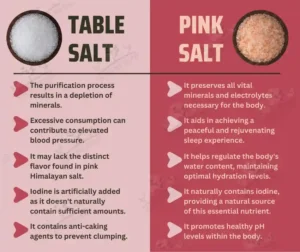
While both season your food, they differ in a few crucial ways:
Processing:
-
Rock salt: Mined and minimally cleaned, keeping natural minerals.
-
Iodised salt: Refined and purified, with iodine added for health.
Iodine content:
-
Rock salt: Naturally low in iodine.
-
Iodised salt: Fortified to prevent iodine deficiency.
Taste and texture:
-
Rock salt: Coarse crystals, earthy flavour. Black salt is tangy and sulphuric.
-
Iodised salt: Fine grains, neutral taste, dissolves quickly.
Uses:
-
Rock salt: Best for sprinkling on fruits, chaats, pickles, and during fasting.
-
Iodised salt: Perfect for daily cooking, curries, rice, and baking.
Are the Health Claims True?
Many believe rock salt is healthier because it’s more “natural.” Ayurveda values it for aiding digestion and balancing body energies. Black salt, for example, is a common digestive remedy.
However, modern nutrition research shows:
-
The extra minerals in rock salt are too minimal to impact health significantly.
-
Both salts are mostly sodium chloride.
-
Too much salt of any type can increase blood pressure and heart disease risk.
-
Using only rock salt and skipping other iodine sources can lead to iodine deficiency over time.
So while rock salt adds unique flavour and fits traditional uses, it isn’t a replacement for iodine-rich foods or fortified salt.
Why Iodine Matters
Iodine is small but vital. It helps the thyroid make hormones that control growth and brain development, especially in children and pregnant women.
Without Enough Iodine:
-
People risk thyroid swelling (goitre).
-
Children can face stunted growth and learning issues.
That’s why doctors still recommend iodised salt for everyday meals — it’s a simple safeguard.
Smart Ways to Use Both
You don’t have to pick just one type of salt forever. Here’s how to enjoy both sensibly:
Rock Salt
-
Use for special recipes, chaats, salads, or as a finishing salt.
-
Ideal during fasting days.
-
Great in digestive mixes (like black salt in pani puri water).
Iodised Salt
-
Use for daily cooking to guarantee enough iodine.
-
Works well in all curries, rice dishes, soups, and baking.
General Tips
-
Keep total salt intake under 5 grams (about one teaspoon) per day.
-
If you prefer rock salt more often, ensure you eat other iodine-rich foods like fish, eggs, dairy, or use iodine supplements if needed.
-
Buy from trusted brands to avoid impurities.
The Final Takeaway
Rock salt and black salt each add their own traditional taste and provide trace minerals that occur naturally. Iodised salt, on the other hand, helps maintain healthy iodine levels in your diet. Different salts bring variety and flavour, but remember — no salt is healthy when overused. Enjoy the taste, benefit from the minerals, meet your iodine needs, and keep an eye on how much you use. That’s the real key to good health.
 Food Manifest
Food Manifest 